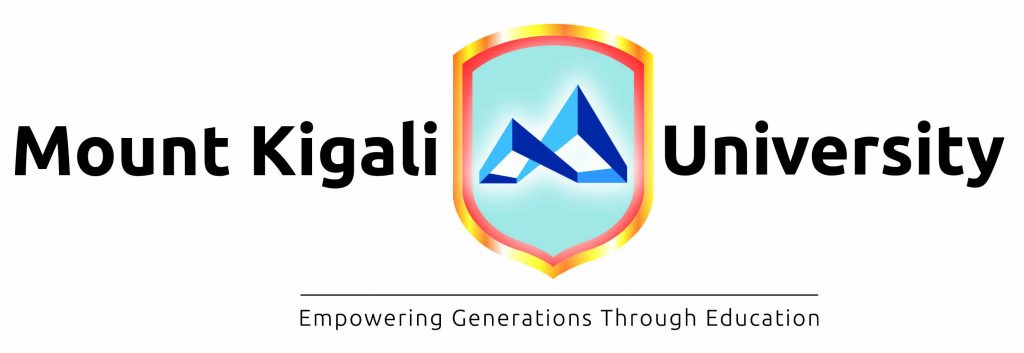Rwanda’s push to modernize its education sector through digital platforms is facing serious hurdles, as many schools across the country continue to report limited access to the Teacher Management and Information System (TMIS). This critical online tool, designed to manage teacher records, streamline communication, and provide access to essential learning materials, remains out of reach for a significant portion of the country’s public schools.
Although the TMIS was introduced to enhance efficiency in managing teacher data and improve access to professional development resources, the lack of reliable internet infrastructure—especially in rural and remote areas—has rendered the system ineffective in many schools.
“Sometimes TMIS is completely down or too slow to use. You try to submit records or access teaching resources, but the system keeps freezing,” said a head teacher from Musanze District. “It affects our ability to plan, report, and teach effectively.”
Launched by the Ministry of Education, TMIS is a cornerstone of Rwanda’s digital transformation strategy in education. It allows for the real-time tracking of teacher deployment, updating of professional records, and connection to ongoing training and evaluation programs. Yet without consistent internet access, the system’s intended benefits remain unrealized in numerous institutions.
A 2025 report by the Rwanda Education Board (REB) revealed that more than 40% of public schools continue to face major barriers in using TMIS. The report cites poor internet connectivity, a shortage of ICT devices, and recurrent power outages as the leading causes.
Education officials acknowledge these obstacles. “We are aware of the connectivity challenges,” an REB official stated. “Improving TMIS access is part of our broader national digital education strategy.” The ministry is reportedly working with telecommunications providers and energy agencies to expand infrastructure and stabilize power supply to affected schools.
Stakeholders, including parents, teachers, and education advocates, have expressed growing concern that these digital divides are deepening existing inequalities in the education system. They argue that without urgent intervention, students in underserved areas risk falling further behind in a system increasingly reliant on technology.
Reliable internet access is no longer a luxury but a necessity in modern education. It supports not only administration but also curriculum delivery, e-learning, and continuous teacher development. As Rwanda advances its digital literacy vision under the National Strategy for Transformation, bridging the digital gap in schools will be a critical test of both policy implementation and infrastructure readiness.
Ensuring that platforms like TMIS are accessible and functional across all schools will be essential to achieving Rwanda’s long-term educational goals and ensuring equitable learning opportunities for all students.





